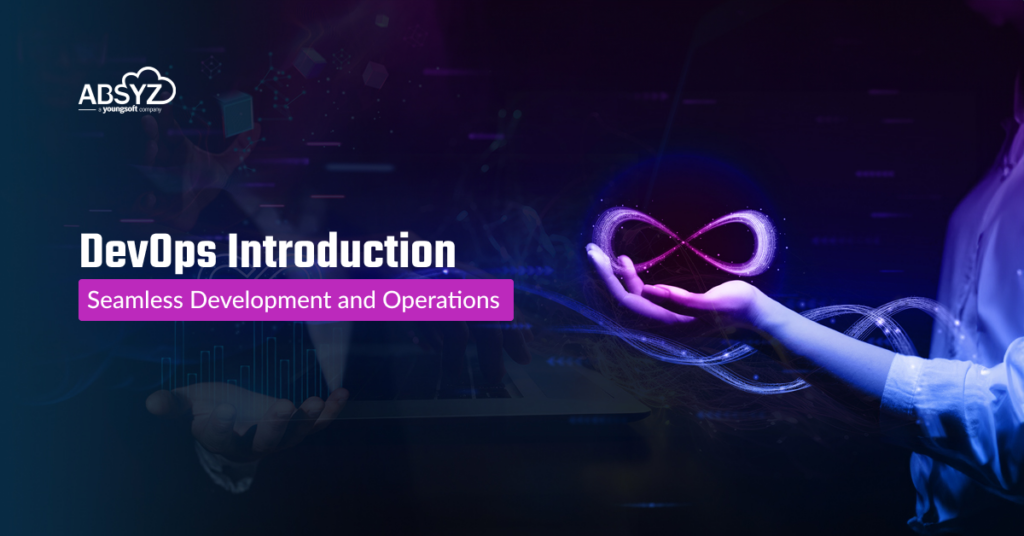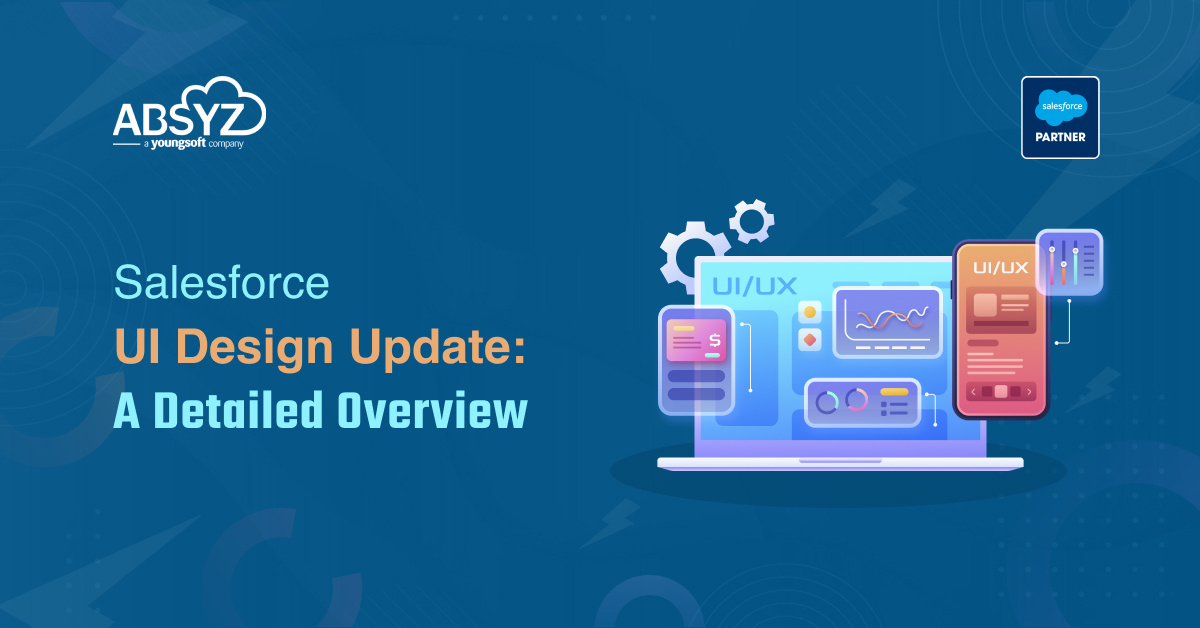The term ‘DevOps’ has become a buzzword in the world of software development, often leaving developers confused about what it means and how it can affect their daily workflows. In this blog, titled DevOps Introduction, we will explore the concept of DevOps, its essential tools, and the ways in which it can boost developer productivity. Whether you’re a seasoned developer or just starting out, this comprehensive guide will help you understand DevOps and its potential to revolutionize your development experience.
- What is DevOps?
- Traditional development challenges
- Real-Life Implementation of DevOps
- DevOps lifecycle
- Conclusion
What is DevOps?
In a construction site, architects are responsible for designing the building, while the construction crew encounters delays due to unclear blueprints or material shortages. DevOps can be compared to implementing a project management system that promotes collaboration, ensures clarity in plans, and optimizes resource allocation to facilitate a faster and more efficient construction process.
So In simple words, DevOps, as we’ll discuss in this DevOps Introduction, is a complete strategy for fostering seamless collaboration and communication between software development (Dev) and IT operations (Ops) teams. It consists of practices, principles, and cultural values. This integrated strategy enables organizations to offer software products and services more quickly, efficiently, and reliably.
Traditional Development Challenges
The typical challenges faced by traditional development teams are as follows:
- Communication and collaboration: Developers working on different codebases may unwittingly generate conflicts during deployment, resulting in downtime and service disruption.
- Historical tracking: It can be difficult to identify who made specific changes to the codebase, especially when multiple developers are working on the same project.
- Monitoring and compliance: Traditional development teams may not have adequate quality assurance processes, which can lead to the deployment of code that breaks later, posing operational risks.
- Operational coordination: Ineffective coordination between development and operations teams can lead to delays in client project updates, affecting billing cycles and project timelines.
Real-Life Implementation of DevOps
Traditional development teams frequently encounter issues such as communication breakdowns, limited insight into code changes, insufficient quality checks, and misalignment between development and operations. By automating and optimizing the software development process, DevOps bridges the gap between development and operations teams.
DevOps can be implemented using software solutions such as Copado, Gearset, Bitbucket, and Flosum. These tools offer a comprehensive set of communication, version control, code review, deployment, and performance monitoring capabilities.
Lifecycle phases of DevOps
For instance, let’s say a company wants to add new functionalities to its website. To accomplish this, they have assigned the task to three developers. The company has chosen Bitbucket as its DevOps tool. Each developer has started by pulling the relevant code from Bitbucket into their own organizational setups. They have worked diligently on their designated features separately and deployed them to their organizational environments through Bitbucket. After deployment, they have conducted thorough checks to ensure the proper functioning of these features and have subjected their code to rigorous code review processes.
Deploying code changes into an integrated environment can be risky due to potential code conflicts and overwrites. However, Bitbucket uses the Git version control system to minimize these risks. Git’s merge conflict resolution capabilities allow for efficient resolution of conflicts when pushing changes from Bitbucket to the integrated environment. This makes Bitbucket the central platform for pushing code changes to multiple environments, including the test environment and User Acceptance Testing (UAT) environment, streamlining the deployment process.
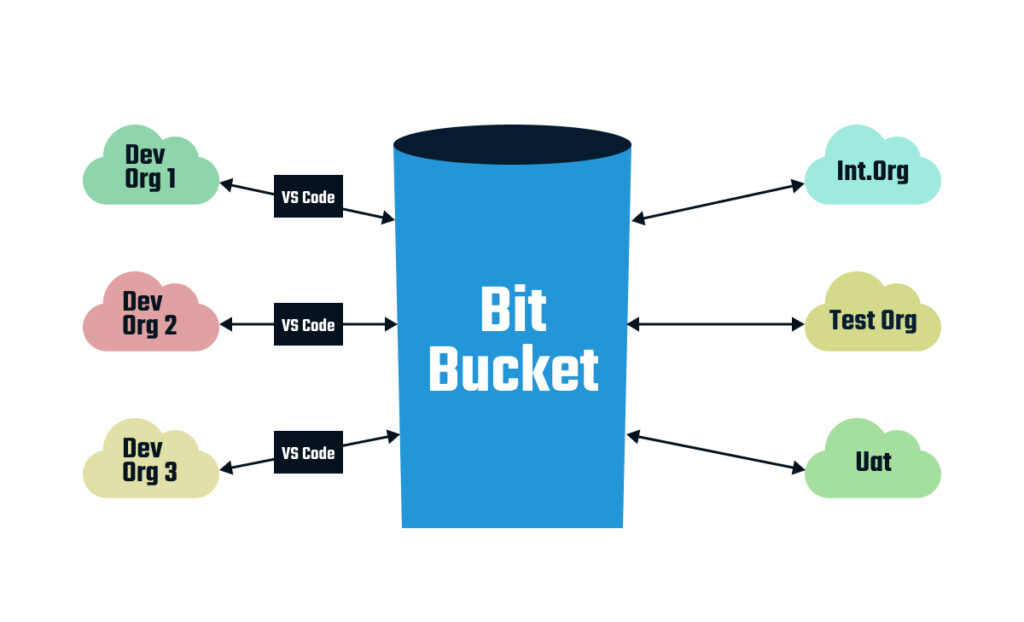
An overview of the DevOps lifecycle
The software development lifecycle (SDLC) is a set of structured phases that guide the creation and deployment of software applications. Each phase plays a critical role in ensuring that the software meets the user’s requirements, functions as intended, and delivers value to stakeholders. The SDLC is a comprehensive approach that covers all aspects of software development, from planning and design to implementation, testing, and maintenance. By following this process, software developers can improve the quality of their products and ensure that they meet the needs of their users.
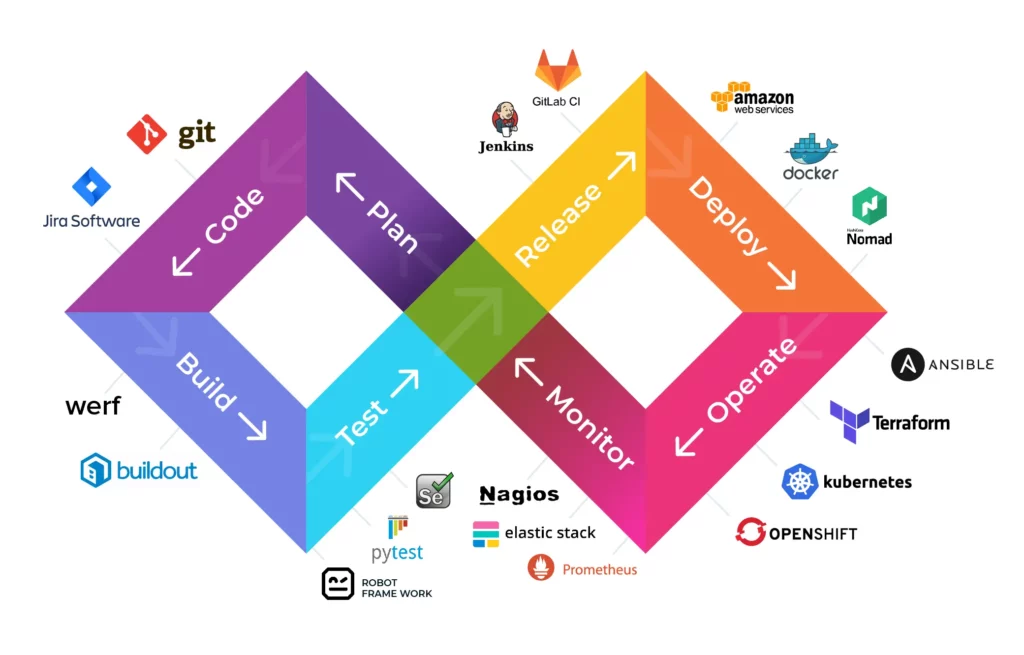
Image Source: ryadel.com
Planning
The software development journey begins with a comprehensive planning phase, where stakeholders gather and analyze user requirements to define the software’s functionality and scope. This collaborative process lays the foundation for the entire development journey.
Coding
During the coding phase, developers carefully craft code that adheres to industry standards and best practices, based on clearly defined requirements.
Building
After completing the coding phase, the team moves on to building the software application. The code is compiled, transformed into an executable format, and meticulously tested to ensure it’s ready for refinement.
Testing
After the software development phase, a thorough testing process follows where a team of testers carefully examines the software to detect and resolve any possible issues or bugs. The testing process incorporates various techniques, such as unit testing, integration testing, and system testing, to guarantee that the software operates as expected.
Release
After successful testing, the software enters the release phase. Here, the software is packaged and installation guides are created. Any remaining issues are addressed before deployment to the operational environment.
Deployment
After careful coordination, monitoring, and support, the software is deployed to the operational environment, ensuring a seamless transition for its intended users.
Operations
The software’s life cycle extends beyond deployment and enters the operations phase. A dedicated team continuously monitors the software’s performance, identifying and addressing any issues proactively to ensure that the software remains stable, secure, and aligned with user needs.
Monitoring
Continuous monitoring throughout the software’s life cycle is essential. Real-time tools detect errors, performance bottlenecks, and security vulnerabilities for timely remediation.
Version control
Version control, also recognized as source control, involves overseeing and regulating alterations made to software code. It encompasses software tools designed to aid software teams in effectively handling and tracking changes to the source code throughout its evolution.
The benefits of version control are:
⇨ By employing version control systems like Git, we can maintain multiple versions or snapshots of the code at various points in its development process.
⇨ This capability proves invaluable in situations where code changes may need to be revisited or revised based on evolving requirements or feedback from stakeholders
Communication and Collaboration
Collaborating on a single user story among multiple developers can mitigate communication challenges and increase efficiency. It allows team members to combine their expertise and create a more comprehensive solution while maintaining a clear understanding of the project’s goals and progress.
DevOps promotes seamless collaboration and communication through various tools such as:
1) Skype
2) Microsoft Team
3) Slack
4) Discord & many more
The benefits of effective communication and collaboration in DevOps include:
1) Faster delivery and quality improvement
2) Improved communication and accountability
3) Faster problem-solving
4) Enhanced creativity
Tools for Code Review
After a developer finishes writing code, it’s must to review it thoroughly or seek a second opinion before merging it into the main branch. However, due to a reviewer’s busy schedule, the code review process may become time-consuming, which could cause delays in shipping the code.
What if I told you that there are tools that can help identify and address potential issues earlier? In the context of implementing the software development lifecycle using the DevOps methodology, we have access to code review tools that enable us to proactively assess and improve code quality. As shown in the image below,
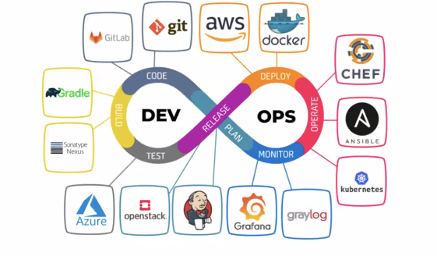
Image Source: Medium
The benefits of code review tools are:
⇨ This approach enables us to mitigate delays caused by extended review times and ensures a more efficient development process.
⇨ Code review tools that allow us to proactively assess and enhance code quality.
Deployment Tools
When developing software, deployment refers to the process of transferring code changes from one codebase to another. When multiple developers work on a large codebase, pushing changes individually can lead to excessive CPU usage and system slowdowns.
In DevOps, there are several deployment tools and practices that help automate the process of deploying and managing software applications, such as:
1) Jenkins
2) TeamCity
3) Azure DevOps & many more
The benefits of automating the deployment process are:
⇨ With the simple click of a button, we can seamlessly push multiple changes in one go
⇨ streamlining the deployment process
⇨ Improves efficiency.
Performance Monitoring and logging
Performance monitoring
Performance monitoring involves actively tracking and analyzing the behavior of your applications and infrastructure to identify and resolve any performance bottlenecks or issues. This practice is critical to ensure that your software systems consistently meet the defined performance, availability, and scalability requirements. By monitoring the performance of your systems, you can identify potential issues before they become major problems and take proactive measures to address them.
Logging
Recording events and actions within an application or system is called logging. This practice helps in troubleshooting and analysis. By capturing data and logs generated by applications and infrastructure, categorizing them, and then analyzing them, organizations can understand how changes or updates impact users. It also helps them gain insights into the root causes of problems or unexpected changes
The benefits of performance monitoring and logging are:
⇨ Provides insights into the impact of changes or updates on users.
⇨ Facilitates early resolution of bugs and issues
Continuous Integration and Continuous Deployment (CI/CD)
It can be challenging when software development reaches a point of stagnation and no further updates are made. To prevent this, we have adopted a practice of continuous enhancement and updates to ensure our software remains aligned with the evolving needs of our customers. Regularly delivering these updates is crucial, and that is where continuous integration/continuous delivery (CI/CD) comes into play.
Continuous Integration and Continuous Deployment (CI/CD) is a process of frequently merging code changes into the main codebase. This process helps to improve software quality by quickly addressing bugs and reducing the time it takes to release new versions. By adopting CI/CD, we can ensure that our software is always up-to-date, meets customer expectations, and adapts to the ever-changing technological landscape.
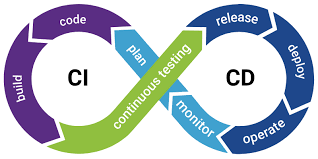
Image Source: Synopsys
Continuous integration
Continuous integration (CI) involves frequently integrating code changes into the main codebase to facilitate fast bug detection and early resolution.
Continuous delivery
Continuous delivery/deployment refers to the automated process of building, testing, and preparing code changes for release to production. It builds on the concept of continuous integration by automatically deploying all code changes to different environments once the build is complete.
Conclusion
In conclusion, DevOps, as discussed in this DevOps Introduction, is a transformative approach to software development that streamlines the development process, fosters collaboration, and ensures efficient code management. By adopting DevOps practices and tools, teams can safeguard their hard work by ensuring that their software is secure, stable, and scalable. DevOps emphasizes automation, continuous integration, and continuous delivery, which ultimately saves time and resources while delivering software more quickly and reliably. It is a powerful approach that has transformed the software development industry and is essential for teams that want to stay competitive, deliver quality software, and meet the needs of their customers.

